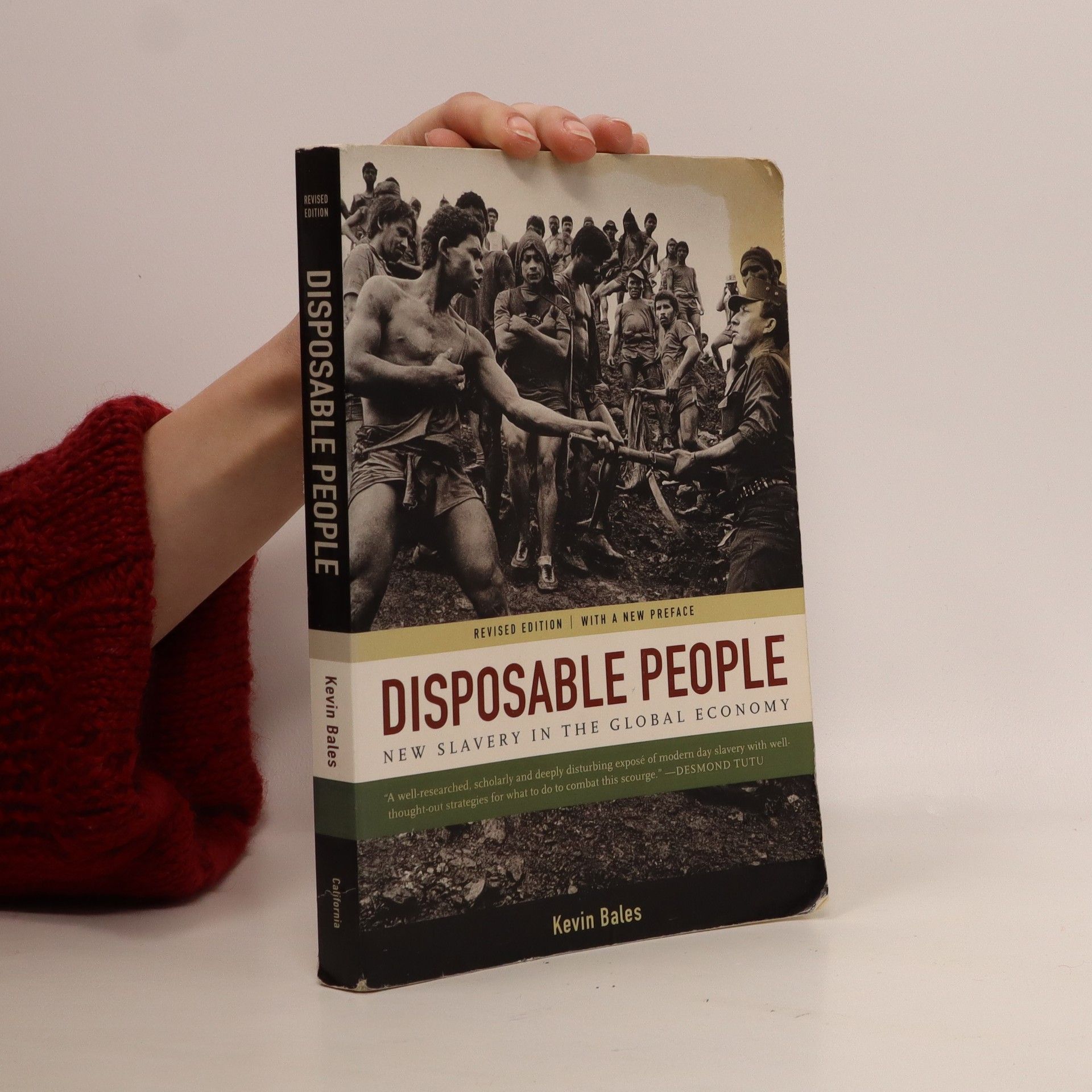An investigation of several countries that reveals the tragic emergence of a "new slavery" intricately linked to the global economy. This revised edition contains a new Preface.
Kevin Bales Knihy
Tento autor sa ponoril do hlbín moderného otroctva a odhaľuje jeho znepokojivé prepojenie s deštrukciou životného prostredia. Jeho práca skúma, ako zisk z produktov, ktoré denne používame, poháňa ako vykorisťovanie ľudí, tak ničenie planéty. Prostredníctvom rozsiahleho výskumu a cestovania odhaľuje rozsah tejto dvojitej katastrofy, ale zároveň naznačuje nádejnou cestu vpred. Odhaľuje, že práve úloha otrokov v tejto ekologickej kríze otvára nové možnosti pre záchranu a ochranu prírodného sveta.


Understanding Global Slavery
- 222 stránok
- 8 hodin čítania
Although slavery is illegal throughout the world, we learned from Kevin Bales's highly praised exposé, Disposable New Slavery in the Global Economy, that more than twenty-seven million people―in countries from Pakistan to Thailand to the United States--are still trapped in bondage. With this new volume, Bales, the leading authority on modern slavery, looks beyond the specific instances of slavery described in his last book to explore broader themes about slavery's causes, its continuation, and how it might be ended. Written to raise awareness and deepen understanding, and touching again on individual lives around the world, this book tackles head-on one of the most urgent and difficult problems facing us today.Each of the chapters in Understanding Global Slavery explores a different facet of global slavery. Bales investigates slavery's historical roots to illuminate today's puzzles. He explores our basic ideas about what slavery is and how the phenomenon fits into our moral, political, and economic worlds. He seeks to explain how human trafficking brings people into our cities and how the demand for trafficked workers, servants, and prostitutes shapes modern slavery. And he asks how we can study and measure this mostly hidden crime. Throughout, Bales emphasizes that to end global slavery, we must first understand it. This book is a step in that direction.